Climate change may be the central challenge of our century, but almost all attention has focused on its consequences for one organism: Homo sapiens. In an original, wide-ranging and carefully researched book, the American biologist Thor Hanson addresses its implications for the rest of life.
Rather than overwhelming us with a sense of catastrophe, he adopts a balanced approach. He doesn’t baulk at pointing out that plants and animals are showing signs of stress — indeed one of his conclusions is that climate change isn’t imminent: the consequences are everywhere right now. But his book documents how many species, from butterflies to butterflyfish, are showing remarkable resilience.
He reminds us that the choices open to most species are few: they can flee, hide or adapt. The evidence for the first is now overwhelming, with biologists calculating that up to 85 per cent of the Earth’s wildlife is on the move. A single example is the speckled wood butterfly, which has spread since the 1920s from strongholds in south-west England and lowland Wales to northern Scotland. It has even acquired additional wing muscle to accommodate its new northern lifestyle.
In Papua New Guinea and Peru the latest ornithological research has found that whole bird communities are relocating up mountain slopes to retain their preferred ecological conditions. The most startling discovery is that changes are unfolding even in pristine forest habitats devoid of human interference. Hanson’s conclusion is that nowhere is sufficiently remote to escape the greenhouse gas effects produced in, say, North Yorkshire or West Virginia.
The most unexpected new migrants are not birds but trees. North American studies indicate that, since 1980, more than 60 of the arboreal species examined have substantially shifted range. But they are not only heading north, or rising in elevation to escape higher temperatures; they are also travelling downslope and west, to avoid associated increases in rainfall.
Migration may be the default response; but it is the rapid behavioural adaptations of animals which provide the most fascinating material. Hanson explores an extraordinary change in the coral reef-dwelling butterflyfish. These beautiful creatures are normally highly territorial and quarrelsome with one another; but the increased incidence of reef bleaching, triggered by rising sea temperatures, is causing them to abandon their aggression. It seems that mellow butterflyfish survive better in times of stress.
Two other powerful studies supply the book with its quirky title. One involves a Caribbean lizard, found in the Turks and Caicos Islands. In bizarre laboratory experiments in which reptiles were blasted with an electrical leaf-blower, an American researcher explored their long-term reactions to hurricane conditions. Combined with desk studies of regional weather patterns, the work showed that lizards exposed to ferocious storms evolved shorter legs but larger, more effective foot pads, with enhanced grip to cope with their new, wind-tormented life.
Comparable plasticity was observed in Humboldt squid. When the waters of the Gulf of California warmed dramatically after 2009, the creatures seemed to disappear from traditional fishing grounds almost overnight. This was assumed to be yet another case of migration. But they had not moved anywhere: they had undergone a complete change of behaviour and physical form, shrinking in size, increasing in abundance, living half as long and feeding on totally different prey.
Hanson’s recurrent theme is that the best place to look for clues to how the future may play out is in the deep past: much paleontological evidence confirms that in times of climatic stress animals make quick-fire adaptations. But, while all this is comforting, he emphasises that extinction crises come when adverse factors multiply, and today’s climate change is just one of a series of anthropogenic threats to many species.
Though the book focuses on the biosphere, it contains important lessons for humanity, if the reactions of other species are shadows of our own responses. We too are now on the move, just like migrant birds, trees and insects, and our societal stress is equivalent to that of butterflyfish. There has been a 40 per cent increase in global armed conflicts since 2000, resulting in innumerable refugees, the Syrian civil war coinciding with devastating drought in the region. Hanson suggest that there is a message for us from animal behaviour. If a butterfly can grow extra wing muscle to cope with the new world, then we can also make adjustments to end climate change at source.
Got something to add? Join the discussion and comment below.
Get 10 issues for just $10
Subscribe to The Spectator Australia today for the next 10 magazine issues, plus full online access, for just $10.
You might disagree with half of it, but you’ll enjoy reading all of it. Try your first month for free, then just $2 a week for the remainder of your first year.

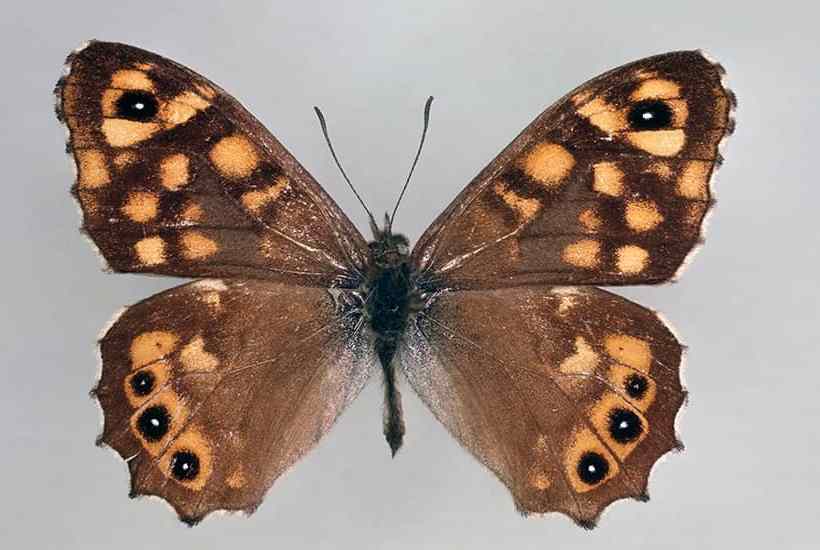
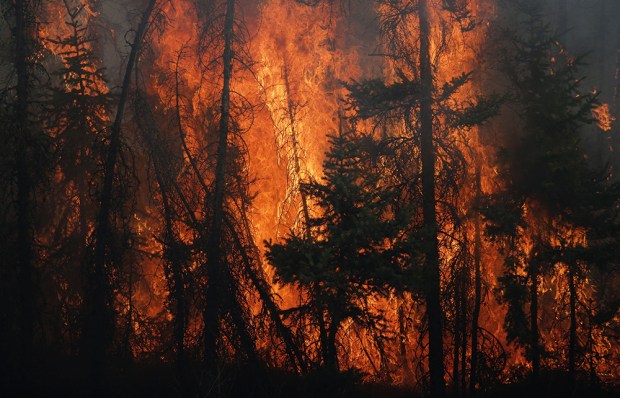
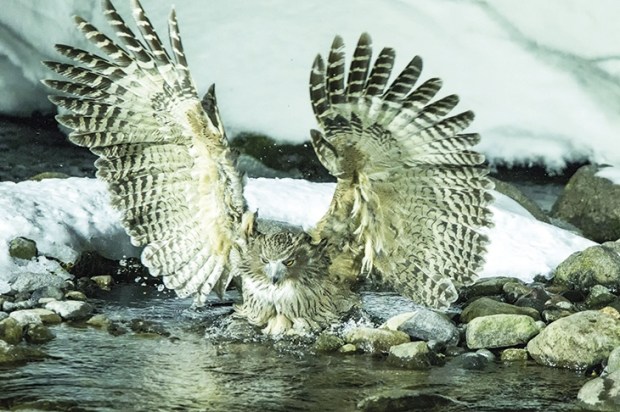
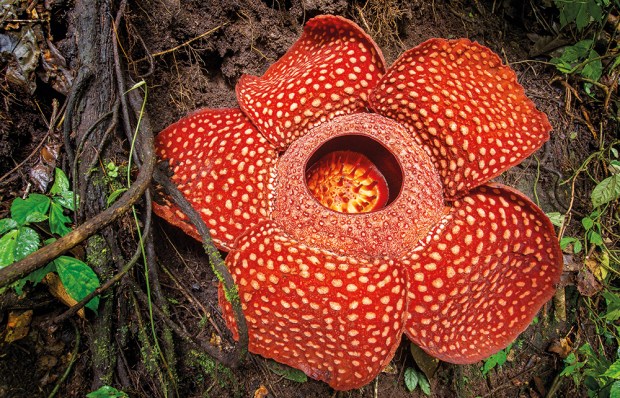
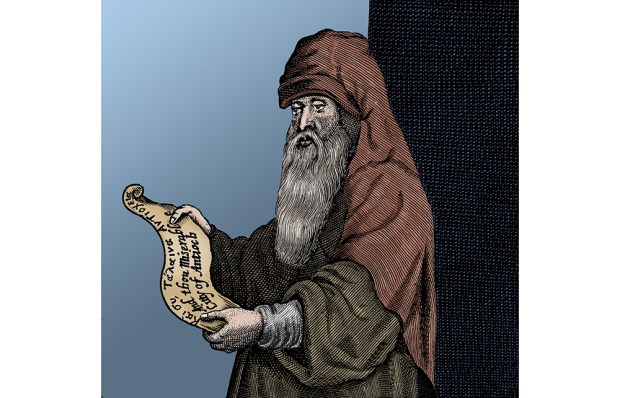








Comments
Don't miss out
Join the conversation with other Spectator Australia readers. Subscribe to leave a comment.
SUBSCRIBEAlready a subscriber? Log in